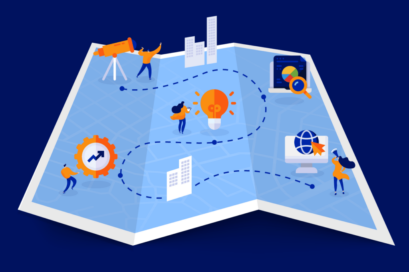Build Your Way to Success With a ROADMAP
If you don’t know where you’re going, any road will get you there, hmm?
There’s a great Eisenhower quote, “Plans are nothing; planning is everything.” The implication is that while the winds of time and circumstance can make a great plan obsolete, the process of continually planning sets you up to reassess and adapt to meet the latest conditions.
But what do so many organizations do with a CRM? They build it out; then, they reactively modify it based on requests and the priority of that month, maybe that quarter.
That’s no way to leverage such a splendidly potential game-changer for your company. A platform like Salesforce has legs; let’s plan for long-term success.
Best practices? Align your business goals with a multi-year Salesforce roadmap
First things first. Strategize with your business leaders to clearly define top-level business objectives. Here’s a list we carved out recently for a client:
- Over the next three years, double revenue by:
- Leveraging segmentation to target your highest-value customers
- Build & close pipeline to grow channel: new dealers, contractors, builders
- Grow sales at existing customers
- Increase share of wallet at existing customers
- Drive new products into the market
- Increase sales by generating end-buyer leads for contractors
- Increase sales by driving contractor and dealer loyalty
- Become easier to transact with through any desired channel to acquire a product
We then aligned that with the Salesforce platform’s capabilities and some considerable thought applied to change management principles and the speed at which the business could likely absorb new automation.

You’ll note how the roadmap builds on foundational elements of functionality. Start by getting the sales & marketing teams using core tools and driving for adoption. Then layer on value-added and attractive functionality for users. Crawl, walk, run.




